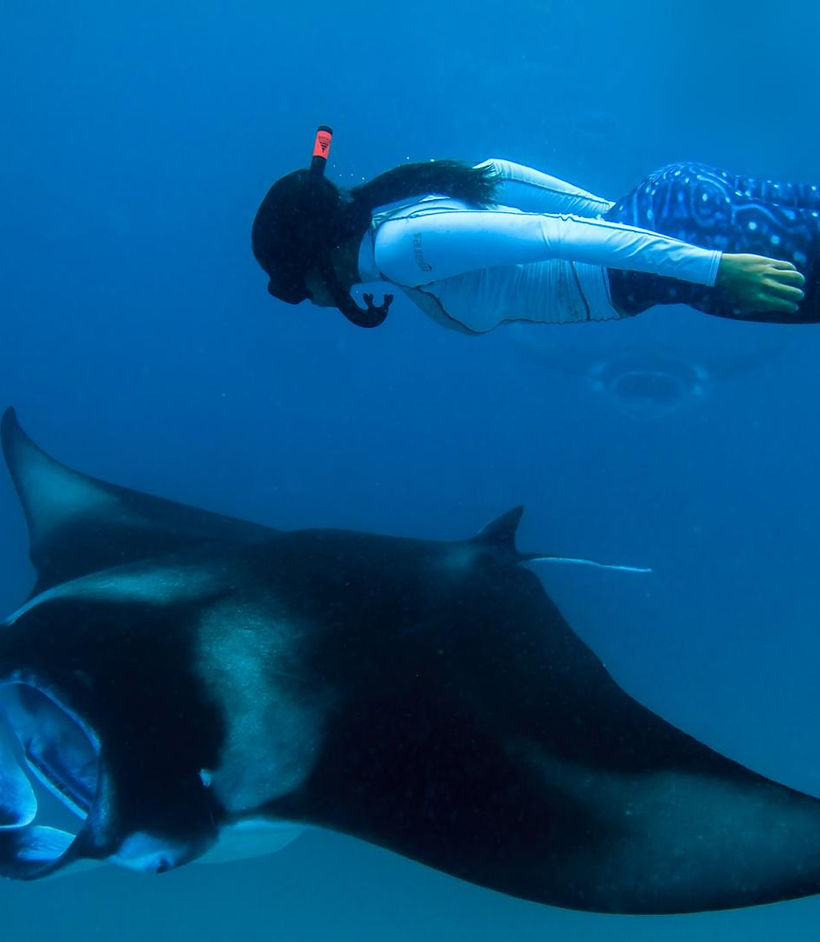Collaborative Model
The early partnership with the filmmakers and Manta Ray Trust (MRT) turned into a crucial connection. They were able to film from MRT’s research vessel, capturing essential footage. In addition, this relationship facilitated vital access to transport channels that they would not otherwise have had.
Vaz and Sood also formed a three-party partnership between their production house and two major anti-trafficking and conservation organizations, Wildlife Trust (India) and WildAid (U.S.). This launched India’s first manta ray research initiative, a multi-year research project that provides significant scientific substance to the film’s impact goals of protecting manta rays.

